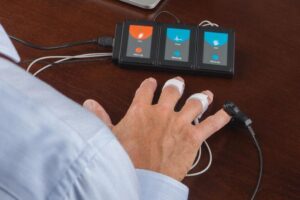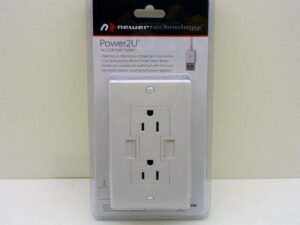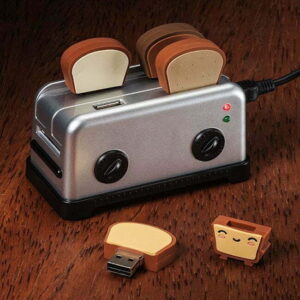It’s not often that I get a product that is finished but not finished delivered to me. Explaining what that means in general, and for the playGo USB in specific, will take a few moments so bear with me. The playGO USB is a finished product, but all the buzz now seems to be about the second generation playGO AP1 — but it’s not out yet. We’ll forget about that for now, since the playGO USB is right here, right now. If you want to stay up to date on the latest tech, you might also want to read our Knoll Systems WHD3 HDMI No Wire High resolution HDMI wireless transmission kit review. And, when you’re ready to upgrade your home theater system, check out our best home theater systems list.
The playGO USB is a lossless audio transmission system. By that I mean you plug in an audio source to the transmitter so that radio waves can carry it across to the receiver which, as expected, “catches” the audio and then sends it to an appropriate A/V source, for example, an amplifier or a pair of powered speakers.
Related: Check out our Plastic Tensile Strength Outdoor Resistant review
The setup is simple — you plug an audio source into the transmitter — resembling Apple’s old airbase station (i.e., a rounded shape) — via a microUSB input (playGO supplies a cable). So I’l use my MacPro to try this out then — it’s in the living room in an office nook. I see in the Sound Preferences that the playGO has installed its own driver as a “plug ‘n play” so all I have to do is select it.
Anyway, that’s the extent of setup for the transmitter — which is glowing red now in a Cylon-like manner. No need for an AC power source because that is coming from the USB connection. Place the transmitter wherever you want — we’ll get to the distance allowable in a bit. But it’s fair to say that it’s best not to have large objects right on top of the transmitter as that can block the signal (same for a metal filing cabinet right up against it). Those who wear aluminum foil hats for safety know all about blocking radio waves — the rest of us have had to learn this through trial and error.
Related: Read our Polk Audio Magnifi Mini review for a compact-designed home theater system.
The receiver is a squarish box with embossed, lit-up control-type arrows on it. It is powered by AC (the arrows glow when pressed) so I’m wondering if I can indeed control volume levels and such using them — or if it’s just for show. Since I pressed the lit power button on top and it went out, going on again with another press, guess so.
There’s two types of audio outputs on the back end, with both active all the time. One is an optical digital output and the other is a pair of RCA-type analog outs that look really well made. So either way, you’ll be getting stereo.
With the receiver attached to a pair of powered speakers, I separate it from the transmitter by 20 feet to start. I’m playing YES through iTunes but don’t hear anything. Well, duh — I have to pair the transmitter and receiver together. Guess that’s why there’s a “Connect” button on the bottom of the transmitter, and another on the back of the receiver (a little blue jobber in this case). So first I press in on the “Connect” button on the transmitter and then do the same on the receiver’s button –both of them are cycling through purple and magenta until settling down to a solid green. Wowzer, audio is now coming out of the speakers. And yeah the engravings on the receiver are controlling iTunes on the Mac, letting me start/stop playback and go forward and reverse.
I let this play for a bit and then try unplugging the receiver and then plugging it back in. As I thought, I have to re-connect it. Considering all the power glitches that the electric grid has in the summertime, that’s not such a great thing.
But on the up side, you can extend the distance of the transmission — I took the transmitter some 60+ feet away with no problems.
But in all this tech it’s the audio that shouldn’t be forgotten. The playGO folks say that their true purpose is to provide high-quality audio from this transmission/receiver system. I checked that out by outputting lossless audio (AIFF, FLAC, etc.) from the Mac — outputting through my 7.1 home theater system using the digital output wired cable. Booya! playGo ain’t joking that they know audio quality and how to pack it inside a small space. You can read all the specs you want on their website, but suffice to say that you’d think you were reading about a high-end amplifier. And for sure it’ll work the same for a PC; heck it’s stated to work with DLNA devices. It’s the sound that counts, right?
Editor’s Rating:
[rating:4/5]
Great
Bottom line: At $449, you might think you’re overpaying for the playGO USB audio transmission system — especially in this day of “Airplay” and inexpensive wireless transmission systems. But if you need to cut the wires on sending audio — be that to the backyard or basement or garage or whatnot — you’ll find playGO’s audio quality well worth paying the extra pesos.
Pros
- Simple connection procedure
- Audio quality out of proportion to its size
- Compact design, solid construction
Cons
- Some might find it too costly
- No headphone capability on the receiver
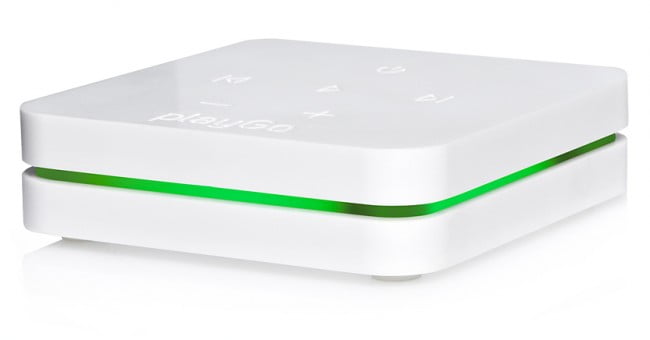
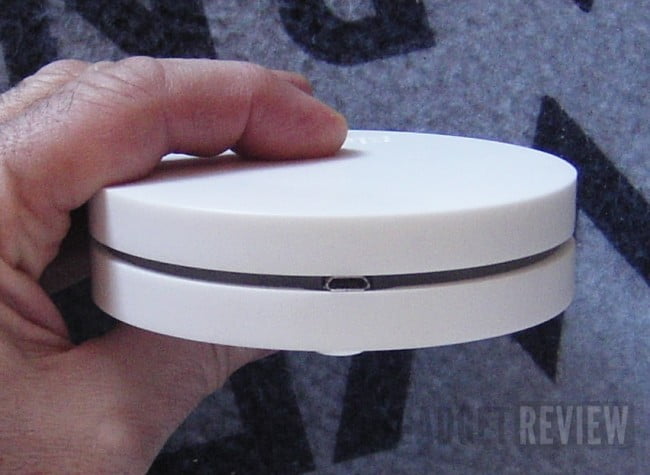
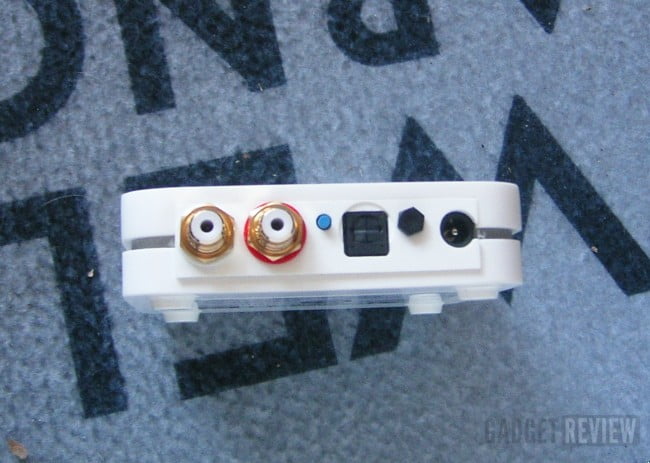
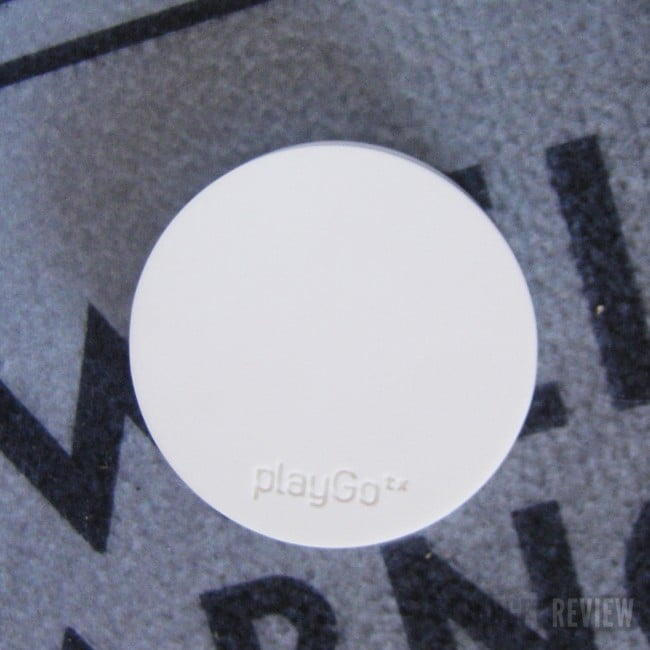
![7 Best USB Charger Cubes in [year] 1 Best USB Charger Cube](https://www.gadgetreview.dev/wp-content/uploads/best-usb-charger-cube-300x250.jpg)
